A reader’s letter in last month’s issue about a fine BSA Bantam/Ariel Leader special brought two enlightened replies which, between them, lay all possible confusion about the legendary ‘Bleader’ to rest.
The BSA/Ariel special pictured with Stewart McFadyen’s letter certainly isn’t a factory-made ‘Bleader’ and has nothing to do with Ariel or its parent company, BSA Automotive. It is, however, a very nice special using an Ariel Arrow engine housed among BSA cycle parts and sporting a Bantam fuel tank and a well made exhaust system.
Ariel Motors Limited was involved with the original two prototypes that were designed and made at the Birmingham Selly Oak factory. They were known as ‘TS5 Street Scrambler models’ and were both up and running before 1962.
One Ariel factory test rider, Graham Saunders, covered almost 10,000 miles on a TS5, and it could well have been him I was pursuing one day while adding mileage to an experimental Triumph Tiger 90 – before the project was killed off by BSA who’d been controlling Ariel’s finances for decades and had no intention of allowing Ariel to develop their three remaining prototypes.
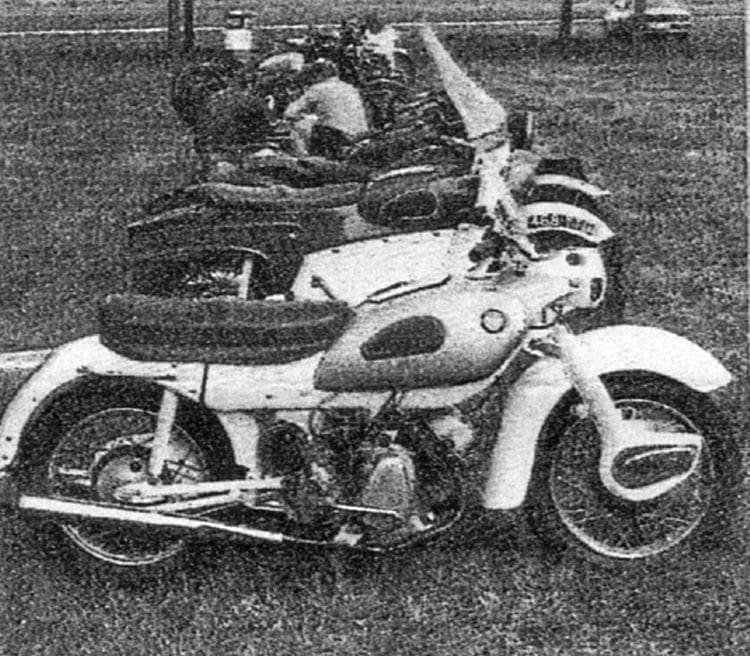
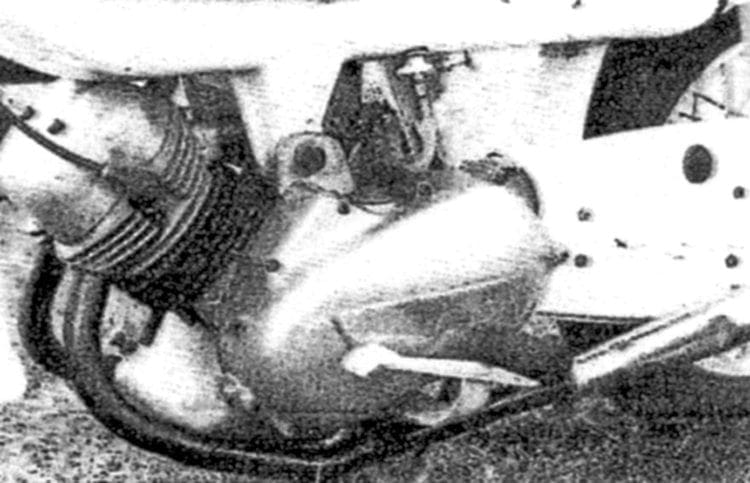
One of these was a Val Page-designed 700cc Ariel in-line four, housed in a Leader frame, which was destined to get no further than the National Motorcycle Museum in Birmingham where it survives to this day.
Val Page also designed a twin-cylinder, overhead-valve 350cc engine that was built, but never got any further than an Ariel Arrow frame. When last heard of, it belonged to an Ariel enthusiast in Leeds, but it has since been lost in the mists of time.
The two prototype TS5 frames were drawn by Roger Barlow, who’d been part of the Ariel team as a design draughtsman since 1956.

Another key player in Ariel’s declining story was George Todd, who was associated mainly with making BSA Bantams go very quickly indeed.
In 1962 he was working with Ariel’s chief development engineer Clive Bennett, who often told me that his association with George Todd was not the happiest arrangement, as they didn’t always see eye to eye.
At BSA, George Todd had been engaged in the development of the Bantam, resulting in the last Bantam Sports models with both three and four-speed gearboxes.
By 1962, Ariel production had been transferred to the BSA Small Heath factory. The Selly Oak premises were sold off as part of an asset-stripping exercise, and most of the Ariel workforce realised their end was nigh.
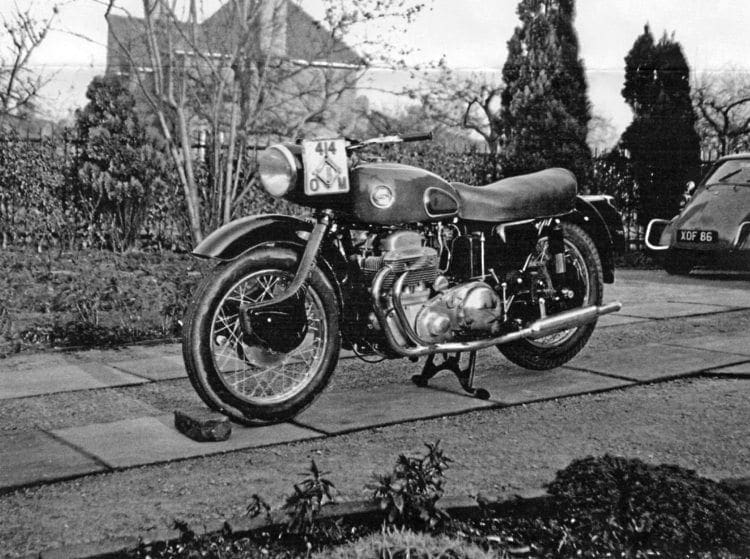
Val Page retired to the Cotswolds, and at the 1965 Blackpool Motorcycle Show the BSA Chairman announced the end of Ariel as a manufacturer of motorcycles.
Ariel had been in Bournville/Selly Oak since 1894 making bicycles, motorcycles and cars together with countless components that were sold and used for making bicycles.
I believe that much of the Ariel TS5, and the 350cc ohv prototype engine, still remain in the ownership of certain members of the Ariel Owners’ MCC, but just where no one seems to know.
My sojourn with the BSA Automotive Group lasted from 1955 until 1973, and I had the pleasure of knowing most of the Ariel management and staff closely.
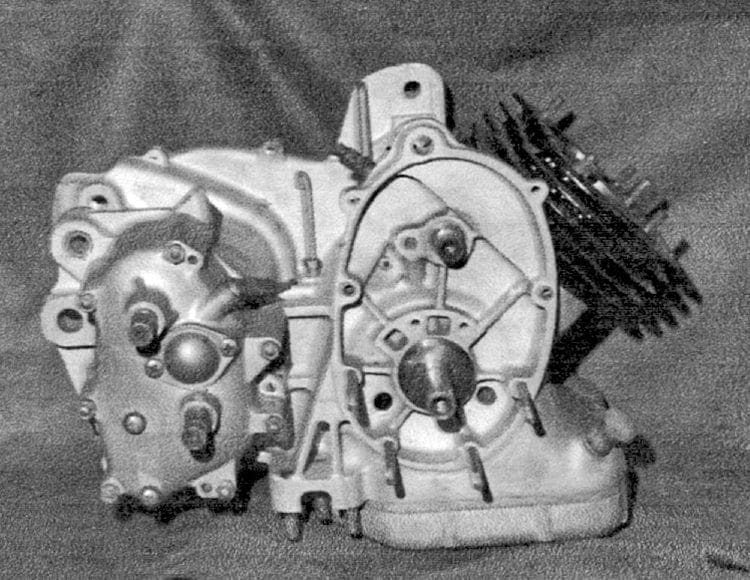
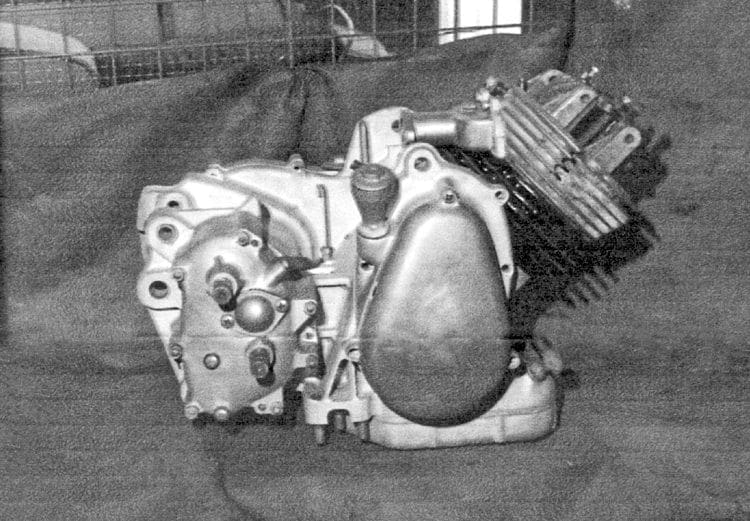
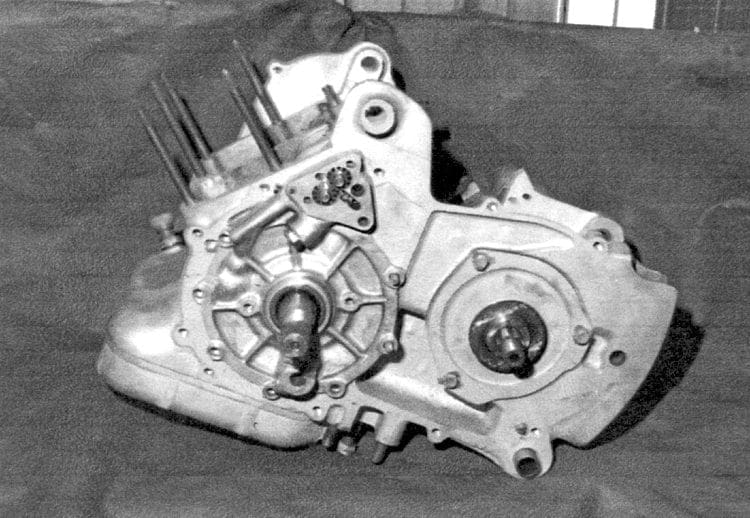
I often wonder how many still survive, or indeed read Old Bike Mart. If there are any, they don’t seem to comment about their own experiences at Selly Oak.
Ironically, Ariel had started producing a tricycle as early as 1898, but it was the commercial disaster of the Ariel 3, produced by BSA, that by 1973 put the final nail into BSA’s coffin.
Regarding your comment about Triumph Hinckley’s success at the recent Royal Automobile Club presentation, they are indeed ‘real’ Triumphs, and far superior to anything we produced at Meriden.
History does not stand still, and today’s Triumphs are 21st century motorcycles selling in the market places of the best in the world, yet they continue to “go their own way”.
Jim Lee, Email





